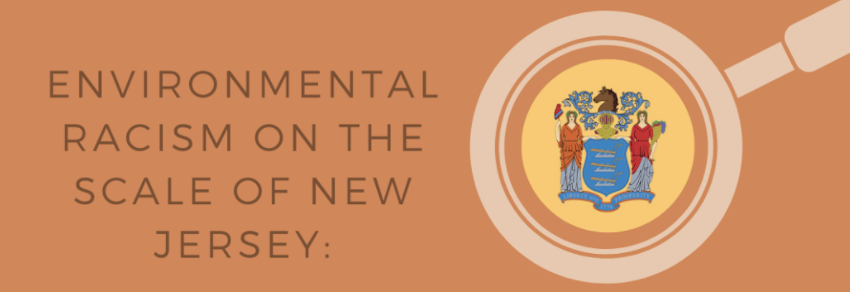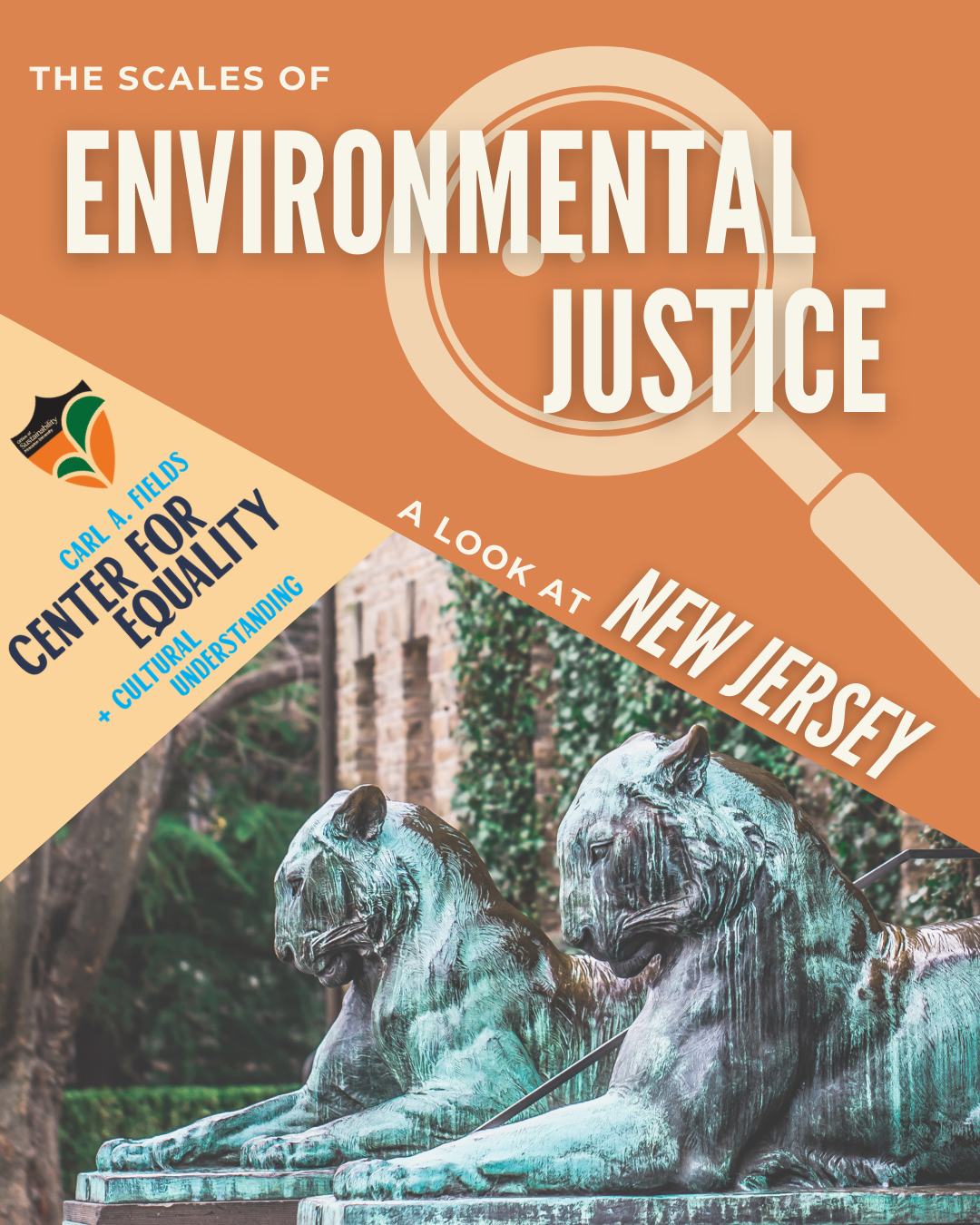Research and Graphics by Marissa Mejia ‘23
While previous posts have examined environmental racism on a local and national level, this post will take a look at examples of environmental racism on a global scale, particularly as it pertains to climate colonialism, the Paris Agreement, and carbon offsets. According to sociologist Doreen Martinez, Climate Colonialism is “the domination of less-powerful countries and people through initiatives meant to slow the pace of global warming1.” As we’ll see below, climate colonialism can manifest in unexpected ways, hidden within policies meant to protect the environment and promote developmental equity.
The Paris agreement has been a key initiative to address climate justice because it acknowledges the impacts of climate change on human rights: the rights of indigenous peoples, migrants, and others in vulnerable situations, the right to development, and the right to intergenerational equity2. The Agreement also calls for net reductions in carbon emissions and has catalyzed a significant increase in carbon offsets purchases, which reduce net carbon emissions by funding activities that compensate for greenhouse emissions, such as the deployment of carbon sequestration technology and the planting of trees3. In fact, within the last five years, over two million Certified Emission Reductions (CERs) have been purchased as a result of this international environmental policy4.
However, although carbon offsets can effectively reduce net carbon emissions, they actually perpetuate environmental injustice as the majority of the land purchased for carbon offsets is inhabited by indigenous peoples who are evicted by powerful institutions under the Paris Agreement. For example, Norwegian companies buying and conserving forestland for carbon offsets in East Africa have forcefully evicted thousands of Ugandans, Mozambicans, and Tanzanians, exacerbating home, health, and food insecurity1. This side effect of the Paris Agreement is a distressing example of climate colonialism in action. According to Rosemary Lyster, “Given all of the frailties of the Agreement… the Parties have a long way to go in subsequent negotiations before the imperatives of Climate Justice are satisfied2.”
So what can we do to mitigate the perpetuation of inequality through environmental policy? Rather than relying on carbon offsets, we can reduce emissions through personal choices and lifestyle changes. Some examples include reducing meat consumption, using reusables, avoiding flying, buying clothes secondhand, and investing in clean energy. It is also beneficial to support international environmental justice organizations such as Natural Justice and Friends of the Earth5. When we see deficiencies in global policy, we should call for accountability at a political level, but we can also counter by enacting change at a personal level.
Sources
1) https://slate.com/technology/2019/03/green-new-deal-climate-colonialism-energy-land.html
3) https://www.merriam-webster.com/dictionary/carbon%20offset
4) https://unfccc.int/news/un-carbon-offset-platform-reaches-2-million-cers-milestone
5) .humanrightscareers.com/magazine/20-international-ngos-defending-environmental-rights/




